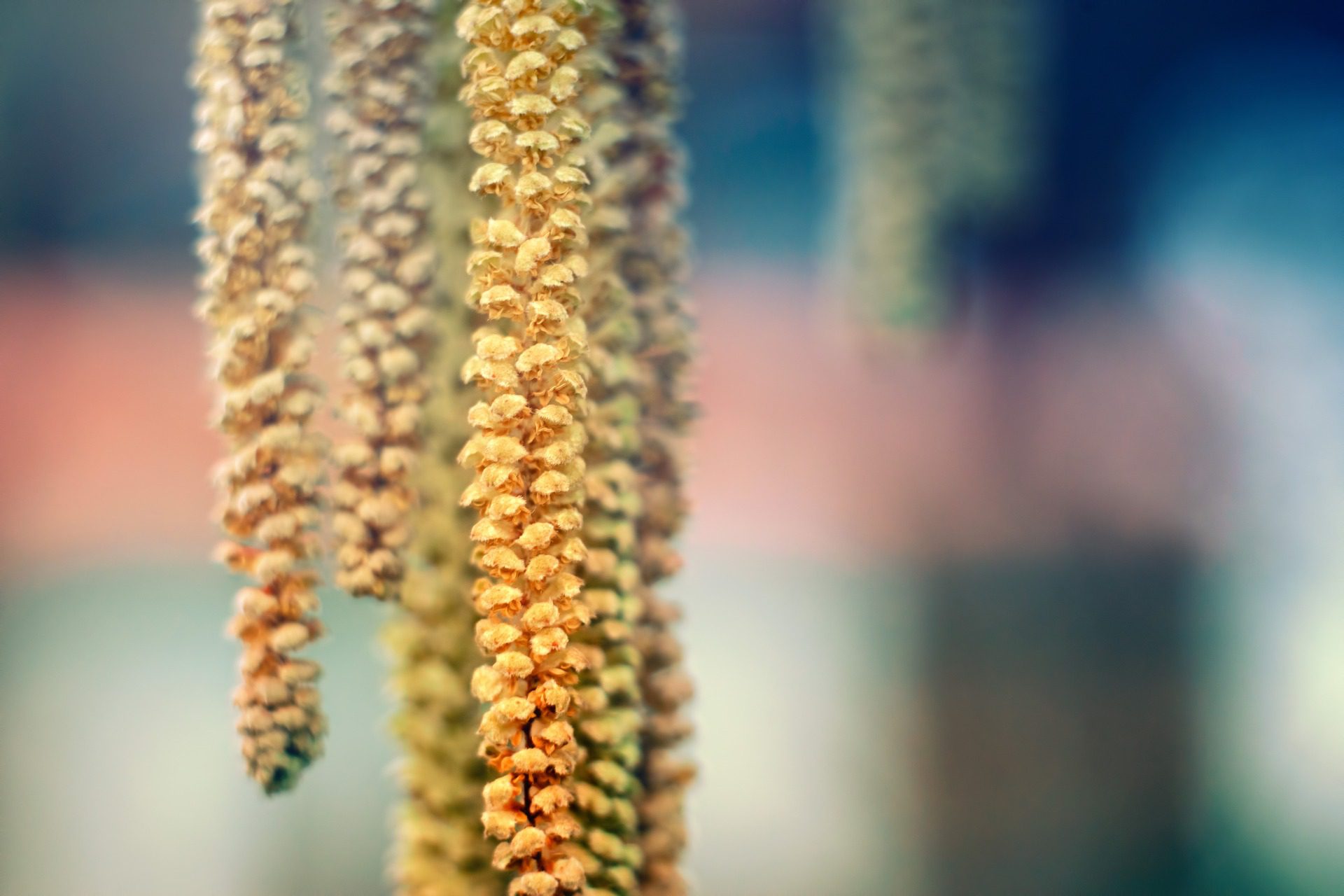Forensic botany has been crucial is many criminal cases, from burglary to kidnapping to murder scenes and drug trafficking. Within the field, the use of pollen as a trace evidence, i.e. forensic palynology, is still limited by methods that are labor-intensive, time-consuming, and prone to misidentification. As a result, there is a growing need for quick and effective pollen identification that allows for quantification. The two most commonly used methods for pollen identification are microscopy and DNA metabarcoding.
Our research aims at developing methods for quantitative and statistical analysis of pollen grains collected as evidence, using microscopy, optical techniques and DNA profiling.
NCFS Research:
- DNA profiling of single pollen grains (Baudelet)
- Optical analysis for large pollen assemblages (Baudelet)
- Field collections and analysis (Baudelet)
Publication:
Media coverage:
